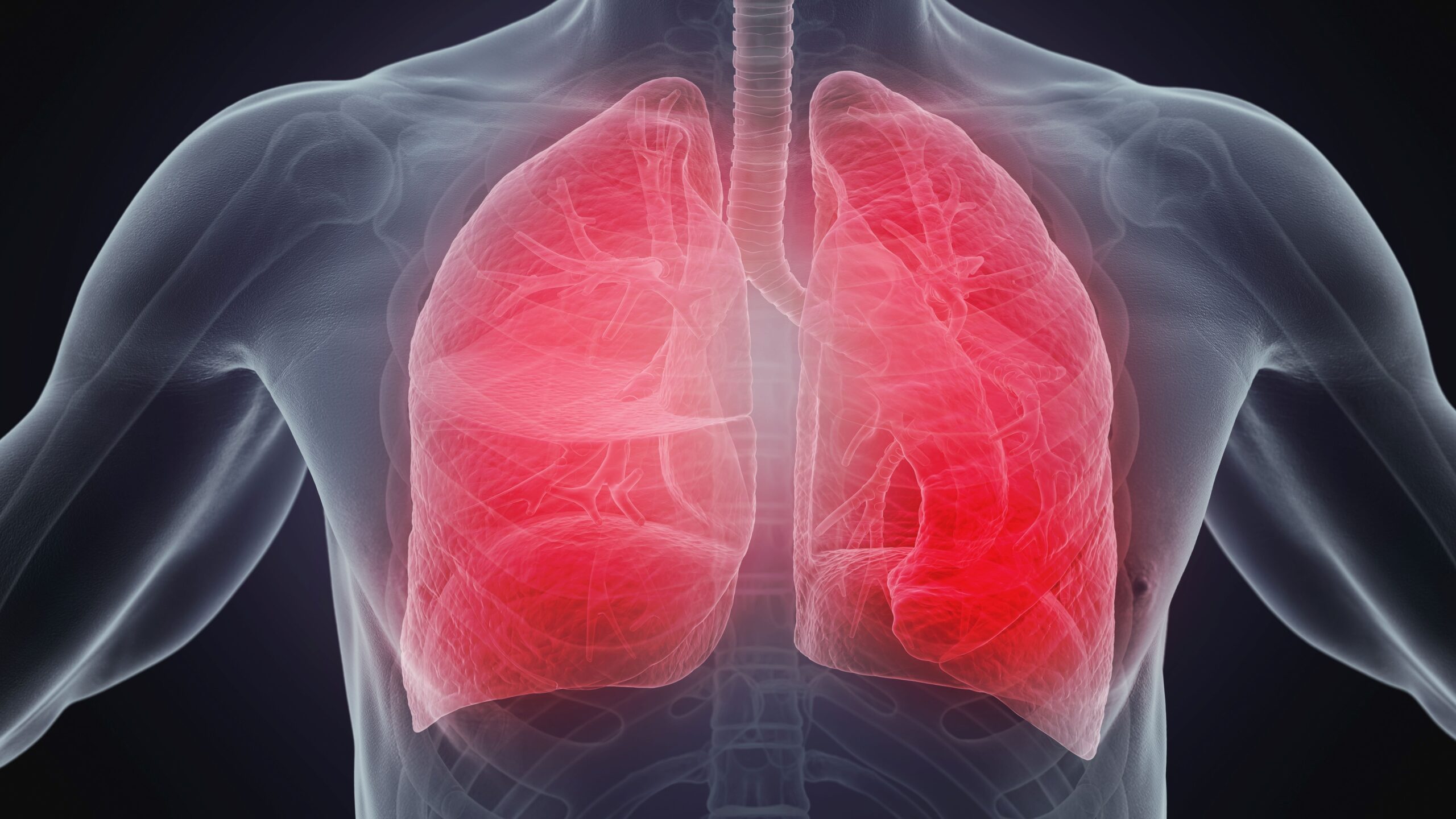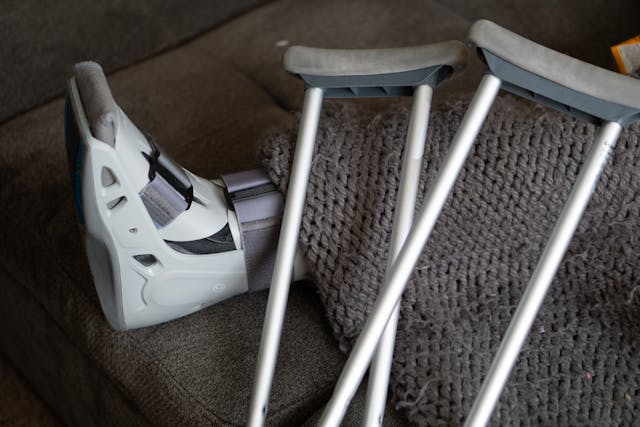Railroad workers regularly weld box cars, locomotives, and other equipment. Welding is the process by which two or more materials (usually metals) are joined together. This is usually accomplished by using a blowtorch to heat the materials to the melting point to fuse them together. Welding releases vapors that contain harmful chemicals including chromium, manganese, and cadmium. Each of these harmful chemicals have been linked to serious health problems including cancer.
In March of 2017, the International Agency for Research on Cancer (IARC) met in Lyon, France where scientists from ten countries gathered to discuss the carcinogenic effect of welding fumes. Since 1989, welding fumes have been classified as “possibly carcinogenic to humans”. But earlier this year, IARC has classified welding fumes as a Group 1 carcinogen based on “substantial new evidence” from studies which
“[R]eported increased risks of lung cancer in welders or other workers exposed to welding fumes. . . . Asbestos exposure and tobacco smoking, which are important potential confounders, could not explain the observed excess lung cancer risk in welders. Positive associations persisted after adjusting directly or indirectly for smoking, asbestos co-exposure, or both; restricting to non-smokers or low-level smokers; and in cohorts with low or minimal asbestos exposure. Positive associations for occupation as a welder and kidney cancer were reported in nearly all relevant cohort and case-control studies.” – TheLancet.com
Furthermore, the Occupational Safety and Health Administration (OSHA) has stated that “[p]rolonged exposure to welding fumes may cause lung damage and various types of cancer, including lung, larynx and urinary tract. Health effects from certain fumes may include metal fume fever, stomach ulcers, kidney damage and nervous system damage. Prolonged exposure to manganese fume can cause Parkinson’s–like symptoms.”
Studies also suggest that the gas associated with welding are immunosuppressive and can cause chronic inflammation. This means that inhalation of these fumes can negatively impact the body’s ability to fight off disease and infection.
IARC intends to publish this material in the upcoming 118th Monograph.
If you are a railroad worker who has been diagnosed with lung cancer, or any disease related to welding fumes, asbestos, diesel exhaust, silica, or other hazards in the workplace, contact us to speak with an experienced attorney about your legal rights under the Federal Employers’ Liability Act (FELA). In the meantime, you can also read about the FELA on our website, here, learn about the statute of limitations for the FELA, here, and request more information about the FELA, here.





